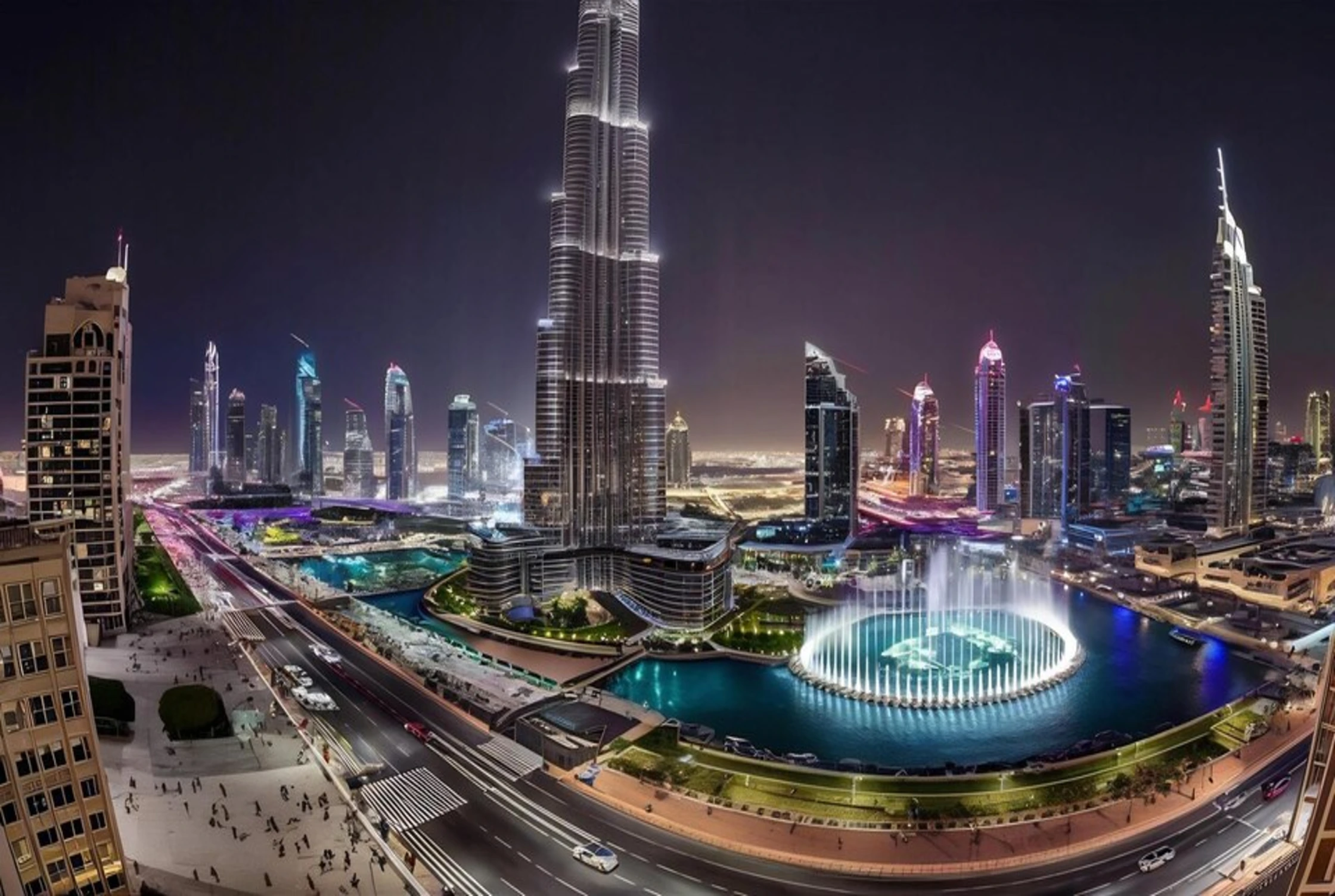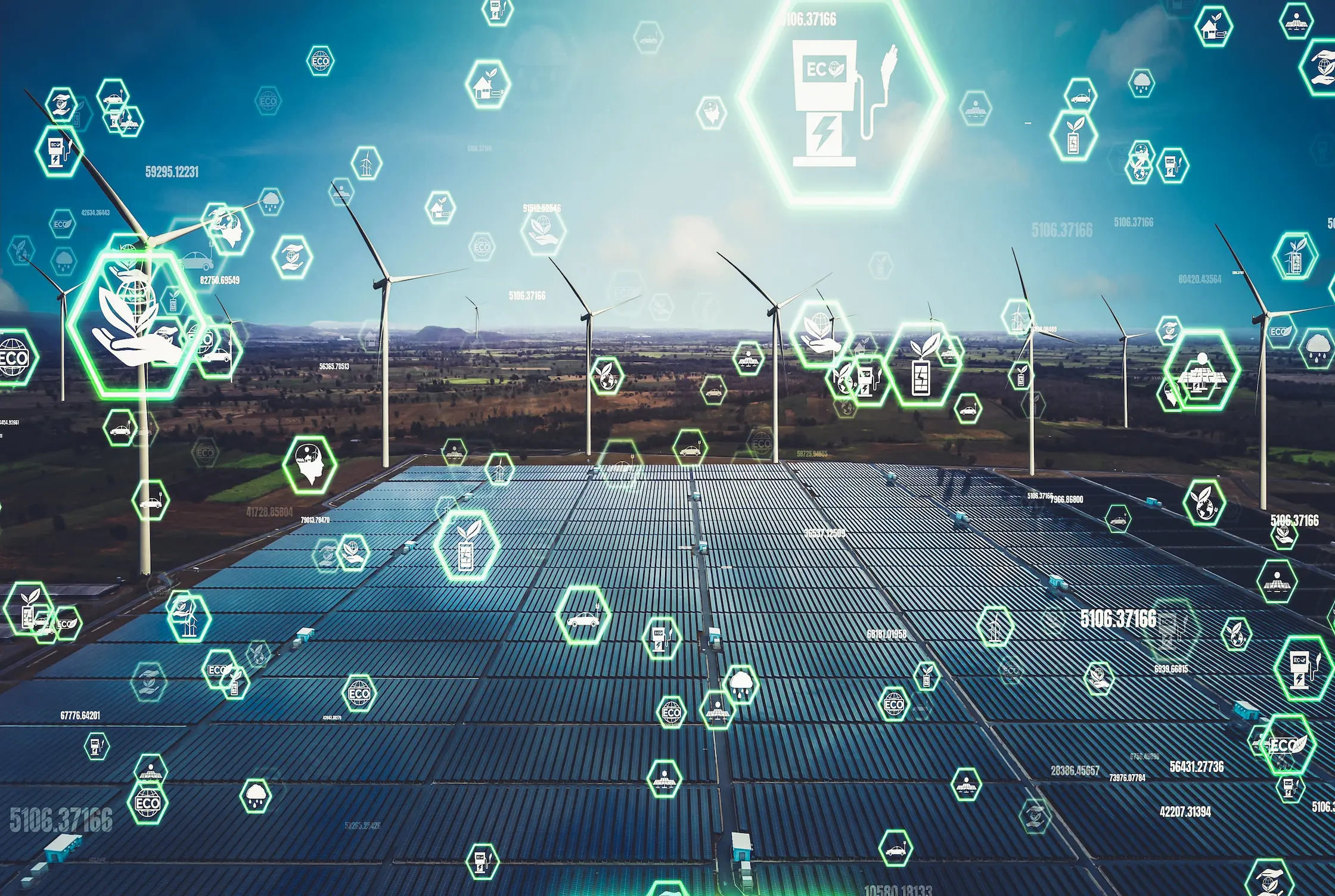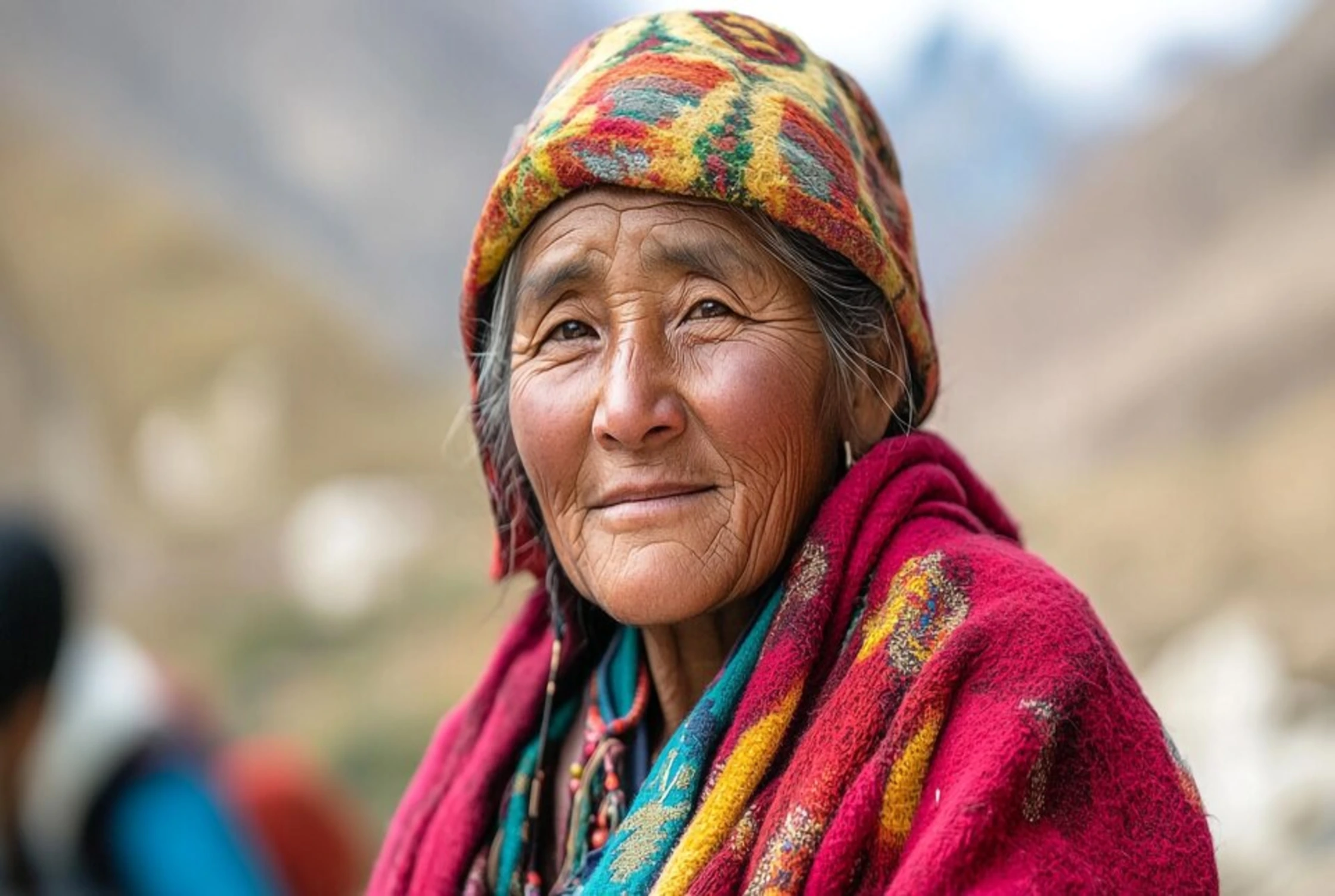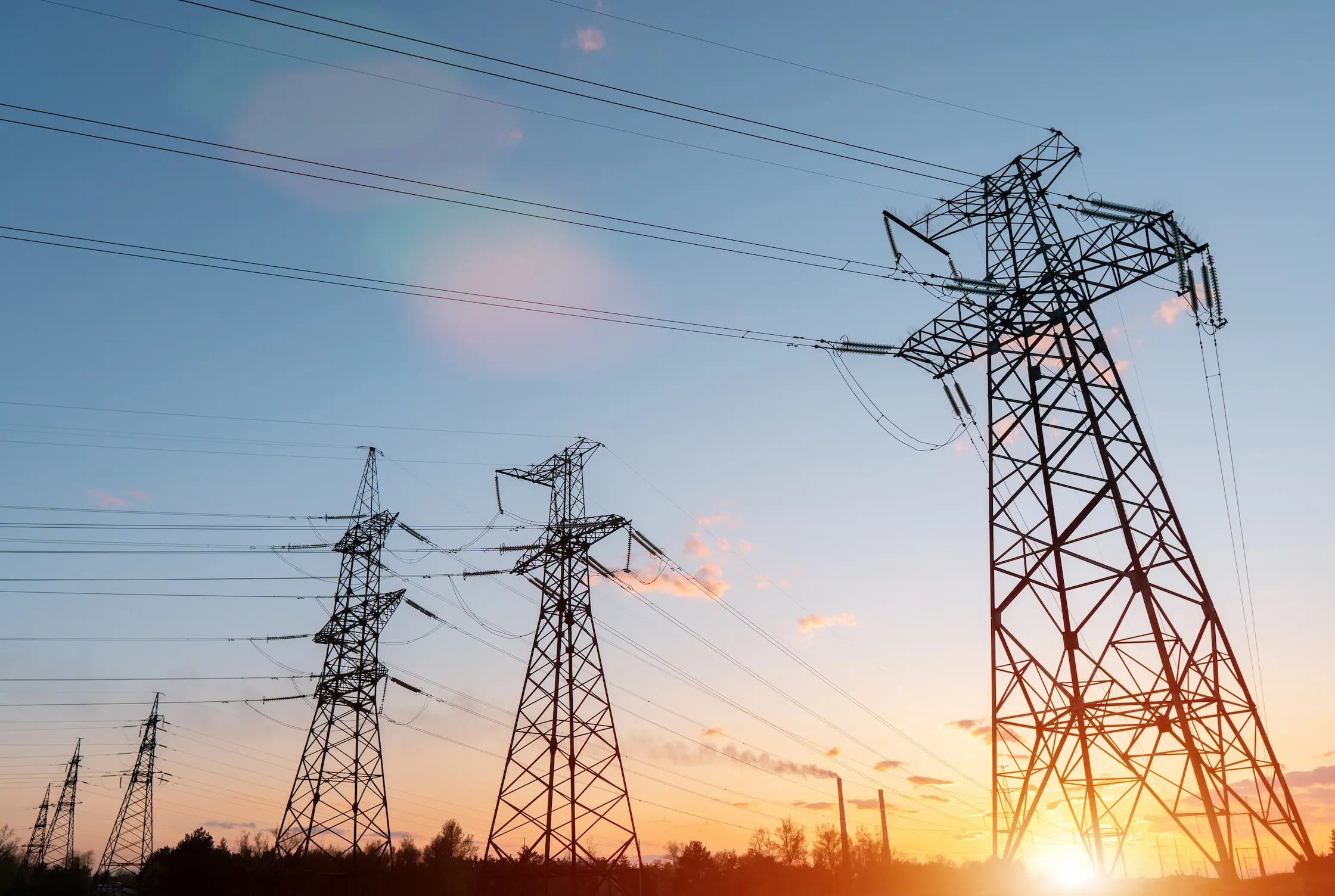Burj Khalifa, the tallest building in the world, is an architectural marvel that defines the skyline of Dubai. Soaring to a height of 828 meters (2,722 feet), this Dubai skyscraper is a masterpiece of engineering and design, blending aesthetic elegance with cutting-edge technology. Designed by Skidmore, Owings & Merrill and led by Adrian Smith, the tower embodies modern innovation while paying homage to traditional Islamic architecture. From its reinforced concrete structure to its spire structure, glass facade, and double-deck elevators, Burj Khalifa is an icon of human ambition and ingenuity. This mixed-use development features luxurious residential apartments, prestigious corporate suites, and world-class amenities, including the famous Armani Hotel Dubai and breathtaking observation decks.
The Architectural Masterpiece of Dubai
Burj Khalifa’s design draws inspiration from Islamic geometric patterns, integrating a Y-shaped floor plan that enhances structural stability while maximizing space efficiency. This buttressed core design, consisting of perimeter columns and corridor walls, distributes the building’s weight evenly, making it resilient against wind forces. With its high-speed elevators and double-deck cabs, the tower ensures a seamless experience for visitors and residents alike. The curtain wall system, composed of thermal performance glass, stainless steel spandrel panels, and vertical tubular fins, provides protection against Dubai’s desert climate, ensuring energy efficiency and comfort.
Engineering Feats and Structural Strength
The structural engineering of Burj Khalifa is a triumph of modern architecture. Built using reinforced concrete and structural steel, the tower features foundation piles that extend 50 meters (164 feet) deep into the ground, anchoring the skyscraper against natural forces. The hexagonal central core, hammer head walls, and flat plate floor construction enhance vertical load distribution, while outrigger walls provide additional lateral stability. The telescopic spire, installed using a hydraulic pump, extends the building’s height and houses communications equipment housing.
The Observation Decks: A Panoramic Experience
Visitors from around the world flock to the Burj Khalifa’s observation decks, which offer breathtaking views of Dubai. The At the Top experience, located on the 124th and 125th floors, provides panoramic sights, while the SKY level at 148th floor holds the record for the highest outdoor observation deck. Guests are transported via high-speed elevators that ascend at a rate of 10 meters per second, offering a thrilling journey to the top. With glass facades and anti-glare shields, visitors can take in stunning views of the city’s coastline, desert, and modern architecture.
Luxury Living: Armani Hotel Dubai and Residences
Burj Khalifa is home to the Armani Hotel Dubai, a symbol of luxury and sophistication. Designed by Giorgio Armani, the hotel offers elegant suites, fine dining, and exclusive amenities. Additionally, the tower houses residential apartments, where residents enjoy high-end living with access to private lounges, fitness centers, and spa facilities. The corporate suites, spread across multiple floors, provide a prestigious workspace with cutting-edge technology and unparalleled city views.
Advanced Mechanical and Electrical Systems
The Burj Khalifa operates efficiently due to its state-of-the-art mechanical, electrical, and plumbing systems. The building maintenance units include window washing systems housed in specially designed window washing bays, ensuring the tower’s pristine appearance. The pressurized refuge areas, part of the fire safety measures, provide a safe escape in emergencies. The service elevator capacity allows for smooth transportation of goods and maintenance personnel. The tower’s cooling system is powered by a condensate collection system, reducing energy consumption and ensuring sustainability.
Energy Efficiency and Desert Climate Adaptation
Adapting to Dubai’s desert climate, Burj Khalifa incorporates energy-efficient solutions. Its exterior cladding, composed of reflective glazing, aluminum cladding, and thermal performance glass, minimizes heat absorption. The anti-glare shield protects interiors from excessive sunlight, while the cooling requirements are met using a highly efficient air conditioning system. The peak electrical demand is managed through smart grid technology, ensuring optimized energy use throughout the tower.
Innovations in Vertical Transportation
The elevator speed in Burj Khalifa is among the fastest in the world, reaching up to 36 km/h (22 mph). The double-deck elevators accommodate more passengers per trip, enhancing efficiency. The tallest service elevator, specifically designed for maintenance and logistics, spans a remarkable 504 meters (1,654 feet), making it the highest-reaching service lift globally.
Cultural and Artistic Elements
Burj Khalifa is not just a marvel of engineering but also a hub of artistic expression. The tower features interior art installations, including sculptures by Jaume Plensa. The artistic elements reflect Dubai’s cultural richness, blending modern creativity with traditional themes.
Fire Safety and Emergency Preparedness
Ensuring safety at such an enormous scale requires advanced fire safety measures. Architectural marvel is equipped with pressurized refuge areas to protect occupants in case of fire. The mechanical floors house fire suppression systems, while the service elevator capacity ensures rapid evacuation if necessary.
The Icon of Dubai’s Future
Burj Khalifa represents Dubai’s vision for the future. It stands as a symbol of ambition, innovation, and architectural excellence, attracting millions of visitors annually. As a centerpiece of downtown Dubai, it continues to inspire awe and admiration across the globe.
FAQs about Burj Khalifa
1. What is the height of Burj Khalifa?
Burj Khalifa stands at 828 meters (2,722 feet), making it the tallest building in the world.
2. Who designed Burj Khalifa?
The tower was designed by Skidmore, Owings & Merrill, with Adrian Smith as the lead architect.
3. What is the purpose of Burj Khalifa?
Architectural marvel is a mixed-use development featuring residential apartments, corporate suites, the Armani Hotel Dubai, and public observation decks.
4. How many floors does Burj Khalifa have?
Burj Khalifa has 163 floors above ground, with additional mechanical floors and basement levels.
5. What is the speed of the elevators in Burj Khalifa?
The high-speed elevators travel at a maximum speed of 10 meters per second (36 km/h or 22 mph).
6. How does Burj Khalifa withstand strong winds?
The tower’s buttressed core design, outrigger walls, and wind engineering techniques help it withstand Dubai’s wind conditions.
7. How is Burj Khalifa maintained?
The window washing systems, building maintenance units, and dedicated mechanical floors ensure regular upkeep and safety compliance.
8. Can visitors go to the top of Burj Khalifa?
Yes, tourists can visit the At the Top observation decks on the 124th, 125th, and 148th floors for panoramic views of Dubai.
Burj Khalifa is an extraordinary landmark that pushes the boundaries of architectural excellence. Its record-breaking height, cutting-edge technology, and luxurious amenities make it a global icon. Whether as a symbol of modern engineering, a destination for travelers, or a home for elite residents, Architectural marvel remains the epitome of human innovation and ambition.
ALSO READ: Bear River Hot Springs: A Relaxing & Magical Retreat











